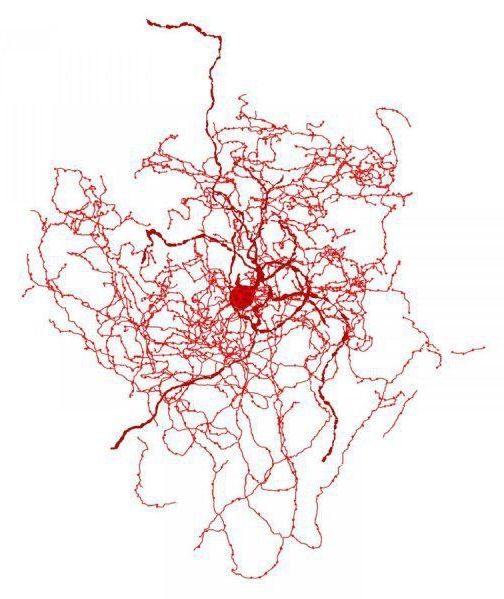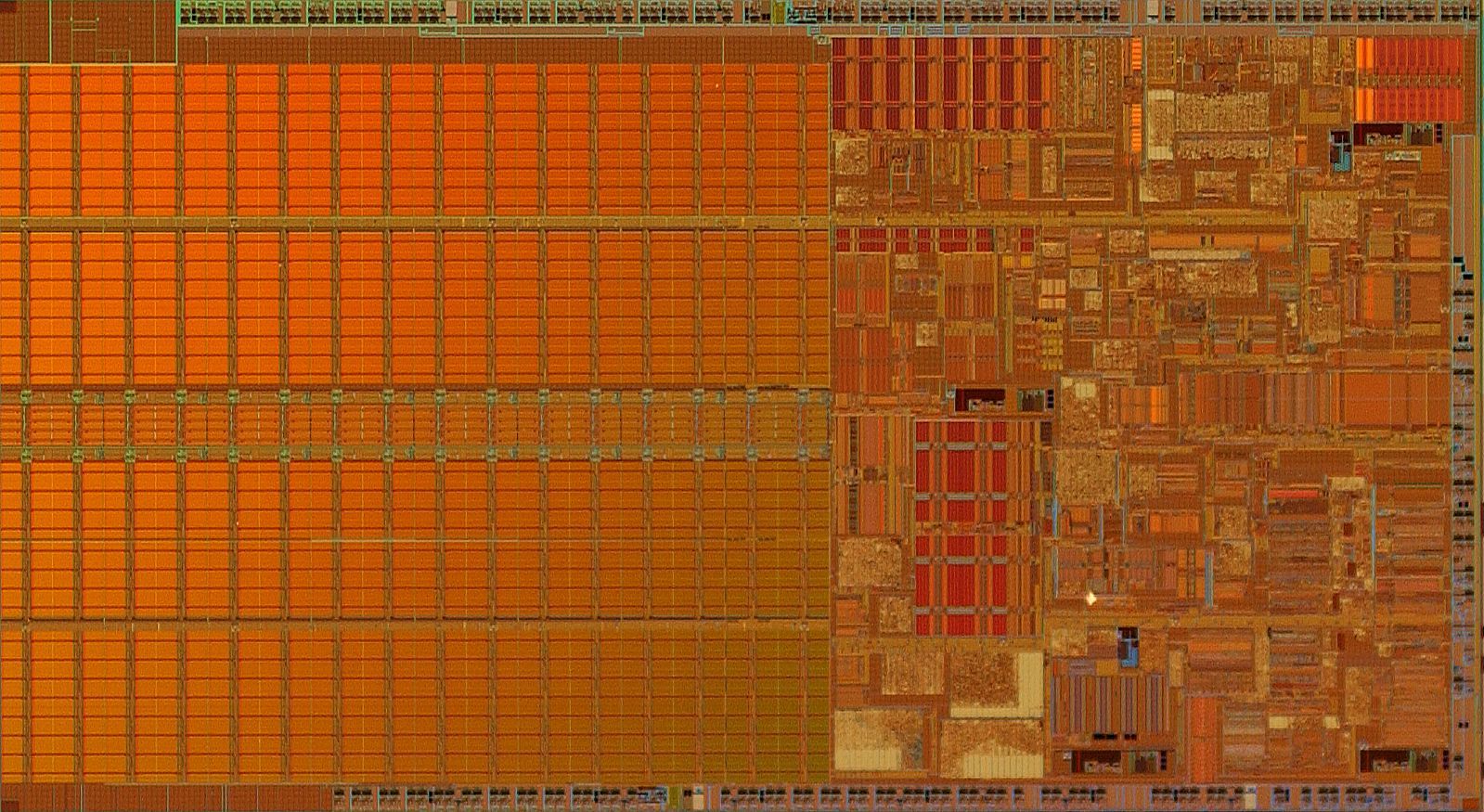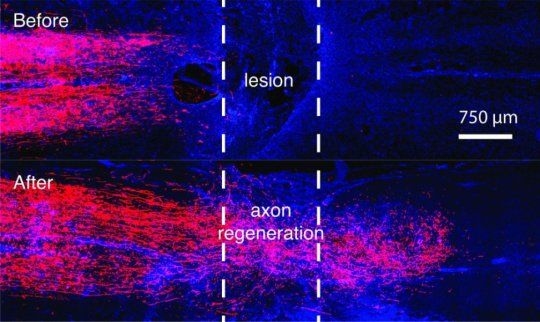It’s designed to make collecting drones of all sizes much easier.
Get the latest international news and world events from around the world.

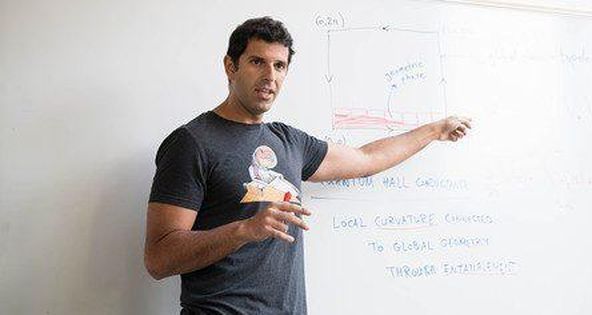

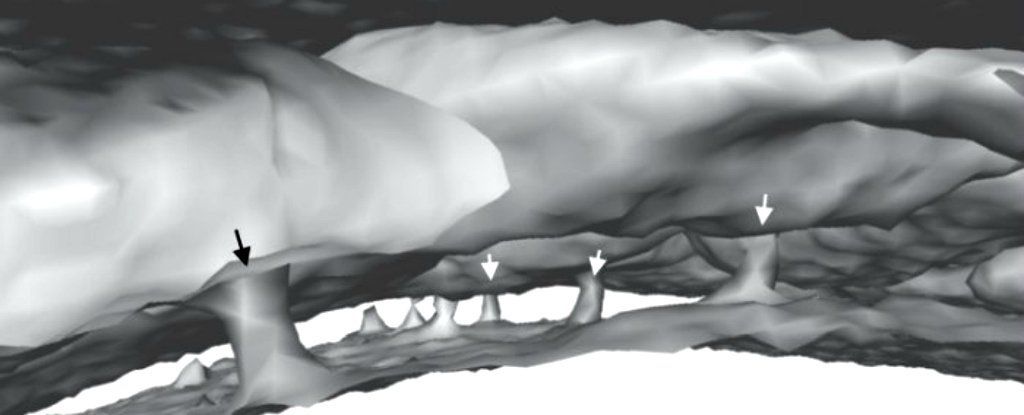
Scientists Have Found Secret Tunnels Between The Skull And The Brain
Did you know you have tiny tunnels in your head? That’s OK, no one else did either until recently! But that’s exactly what a team of medical researchers have just found in mice and humans — tiny channels that connect skull bone marrow to the lining of the brain.
The research shows they may provide a direct route for immune cells to rush from the marrow into the brain in the event of damage.
Previously, scientists had thought immune cells were transported via the bloodstream from other parts of the body to deal with brain inflammation following a stroke, injury, or brain disorder.
